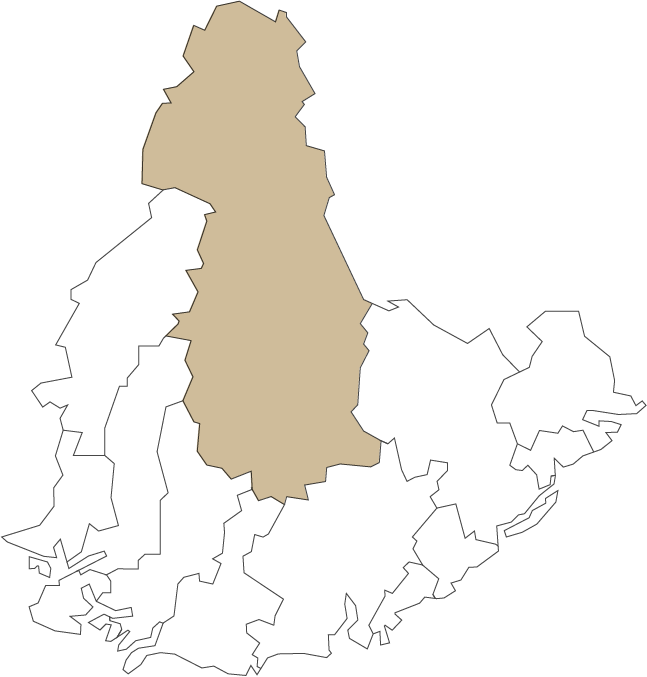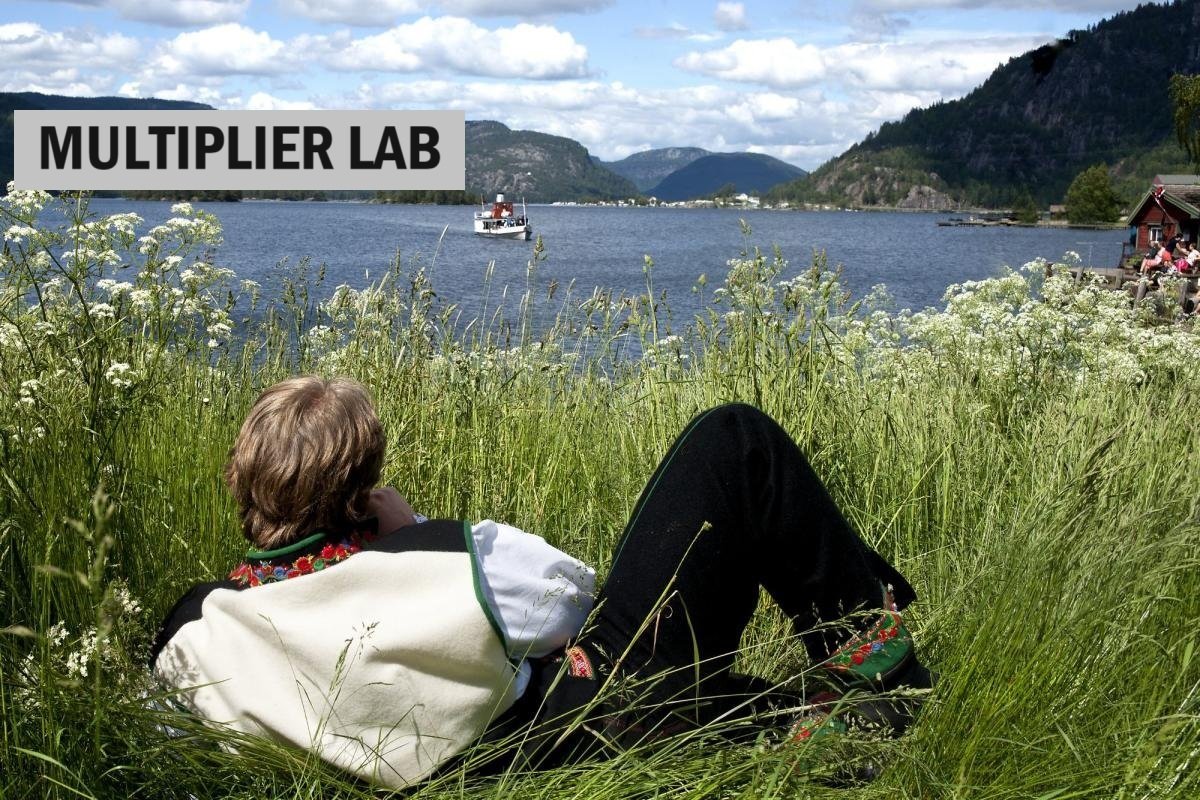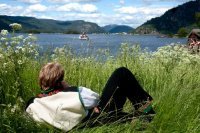Welcome
Setesdal is a valley and a traditional district in Agder County in southern Norway. It consists of the municipalities of Bykle, Valle, Bygland, Iveland, and Evje og Hornnes.

The Otra river flows through the valley of Setesdal into the sea near Kristiansand. It flows southward from the Hardangervidda plateau in Telemark. The historic Setesdal starts at Evje and extends as far as the farm Bjåen, at the edge of the traditional region of Telemark. Øvre (Upper) Setesdal is in the municipality of Bykle. The municipalities of Iveland, Evje & Hornes and Bygland comprise the Nedre (Lower) Setesdal. Valle municipality is in the middle of the Setesdal valley.
The Setesdal valley is centrally located in Southern Norway and easily accessible from continental Europe.
The highway RV9 passes through many villages and the landscape varies from flat countryside to wild and beautiful mountains. Around every bend, in the 210-kilometre long valley, new vistas and activities await you.
In the winter you can choose between two skiing destinations; Brokke and Hovden.
In the Setesdal valley you will find living silver handicraft and traditional music. In the countryside or in exhibitions, you can see minerals from "the beginning of time". Iron production from the Viking Age, local building styles, art and handicraft are exhibited in the valley's museums.
Setesdal was once fairly isolated since almost impassable sections of the valley complicated contact with the coast. Traffic on foot and by horse ran up on the moors and valley rims on paths trodden by people and animals through the centuries. The main road from Kristiansand to valley was finished in 1846. The Setesdal railroad, opened in 1896, was of great importance for communication. Roads were improved with time, bridges were built, and a steamship launched on the Bygland fjord.

Setesdal has preserved countless old traditions and customs in dress, poetry and music. Medieval forms have lived on in its building traditions and folk art until the present. Farming, animal husbandry and forestry have been the most important sources of income.


